One of the biggest blessings of a productive garden is the abundance of homegrown food. However, when everything starts ripening at once, it can quickly become overwhelming! Today, I’m walking you through a typical summer harvest day here on our homestead, from cabbage and zucchini to herbs and blueberries, plus what I’m doing to preserve the harvest and get our pantry shelves stocked for the months ahead.
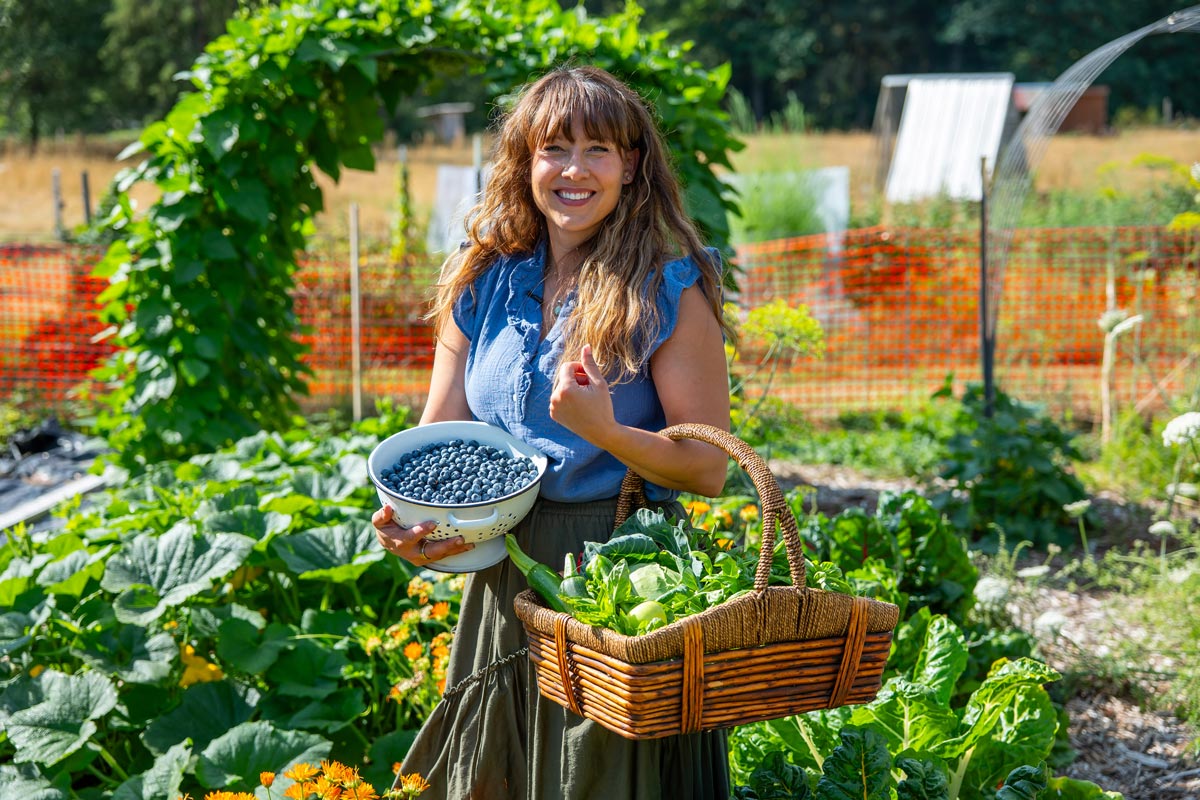
This time of year, I’m doing large harvests a few times a week and then spreading out the preservation over the next few days. It helps me stay on top of everything without getting burned out.
You can watch the video and then grab any links to recipes, tutorials and other gardening tips in the blog post below.
Here’s what I harvested today:
- Cabbage – This was my second spring planting, but it’s matured only one week later than the first. Growing conditions really do make all the difference!
- Zucchini – These guys grow fast! I prefer picking them while they’re still a manageable size, perfect for grilling or sautéing.
- Calendula – These blooms are a must-have for my herbal medicine cabinet. Check out my calendula-infused oil tutorial.
- Basil (Genovese & Thai) – I’m doing a big cutback to encourage a second harvest before the plants go to seed. I’ll freeze dry some, salt some, and use the rest in pesto.
Pro Tip: Always harvest herbs in the cool of the morning when their essential oils are at their peak. It gives you the best flavor and medicinal potency.
Making Jam Without Store-Bought Pectin
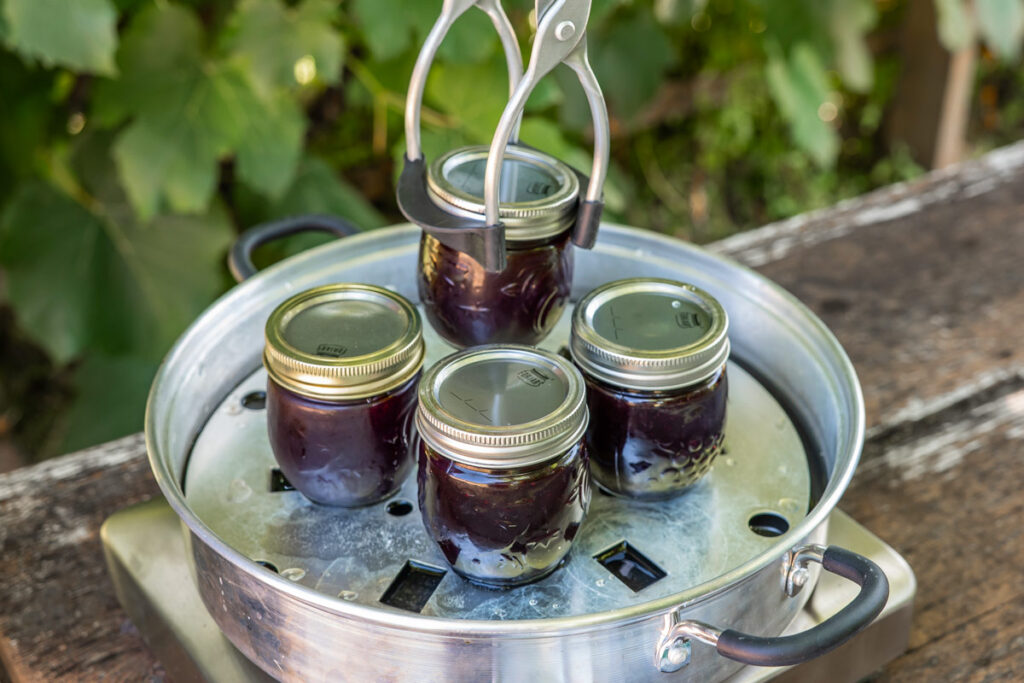
I love making jam with what’s in season. Today, I used part of our blueberry harvest to make a small batch of low-sugar blueberry jam without pectin.
I love using natural pectin sources like green apples (as shown in this recipe) or the zest of lemons or limes.
This recipe is from my book, Everything Worth Preserving, which shows you multiple ways to preserve nearly every food you grow or raise.
Freezing and Dehydrating Blueberries
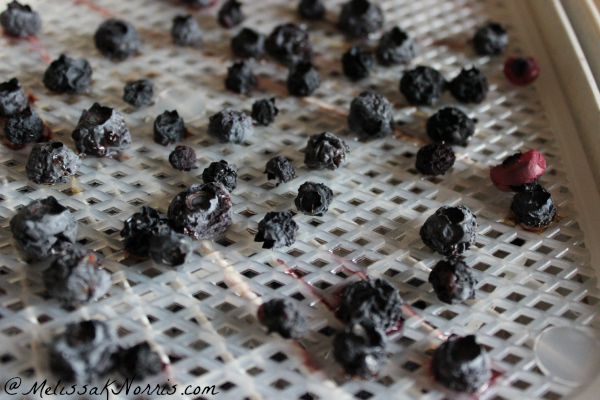
I also froze some blueberries and am planning to dehydrate the rest. Here’s a quick trick:
Freeze first – This helps crack the skins (also called “checking”), so they dry faster and more evenly in the dehydrator.
Learn how to dehydrate fruit here.
Subscribe to Melissa K. Norris!
Get updates on the latest posts and more from Melissa K. Norris straight to your inbox.
We use your personal data for interest-based advertising, as outlined in our Privacy Notice.
Preserving Basil Multiple Ways
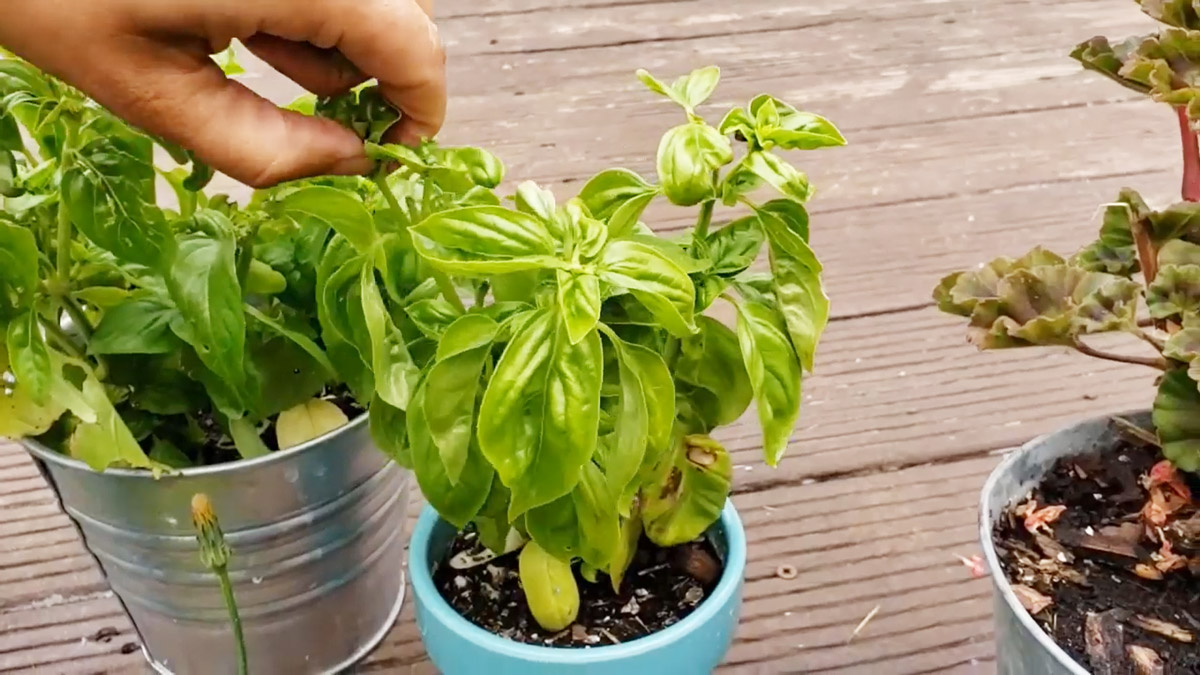
I love having basil on hand all year. Here’s how I preserve it:
- Freeze-dried basil – Best for flavor retention.
- Salted basil – One of my favorite methods for long-term storage. This basil salt recipe is a must-try!
- Pesto – I freeze it in small containers to use in recipes later.
If you can’t get to processing basil right away, just pop it into a mason jar with water like a bouquet. It’ll stay fresh on the counter for a day or two—or move it to the fridge if needed.
Homestead Life: Baby Chicks & Timing Meat Birds
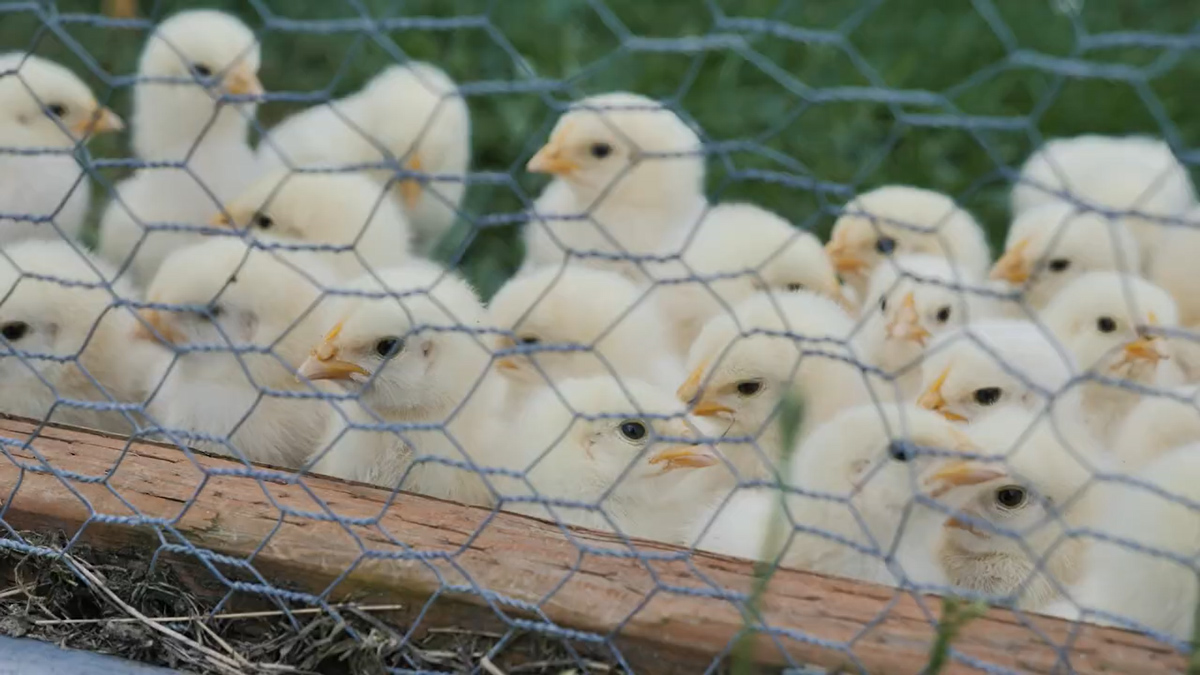
In true homestead fashion, right in the middle of jam-making, the post office called—our baby chicks had arrived!
We picked up:
- 35 Cornish Cross meat birds (ready to harvest in 8–9 weeks)
- 5 Buff Orpingtons for our laying flock
Timing is everything when it comes to raising meat birds. We’ve found the best time for our climate is getting them in late July or early August. That way, they’re growing through warm weather and ready to butcher by late September—just before the weather cools down.
We’re using chicken tractors for these birds, and if you’re interested in learning how to butcher your own chickens, check out our in-person butchering workshop happening this fall at Norris Farmstead.
Azure Standard
I’ve trusted Azure for years for my bulk pantry staples, canning jars, lids, and even produce. Their jars remind me of the old-school, thick-glass ones that hold up well for generations.
First-time Azure shopper? Use code MELISSA15 for 15% off your order of $100 or more. Shop Azure Standard here.
McMurray Hatchery
They’re my go-to source for baby chicks. I’ve had great success with their birds—healthy, strong, and productive. Visit McMurray Hatchery to check out their chicks.
Final Thoughts
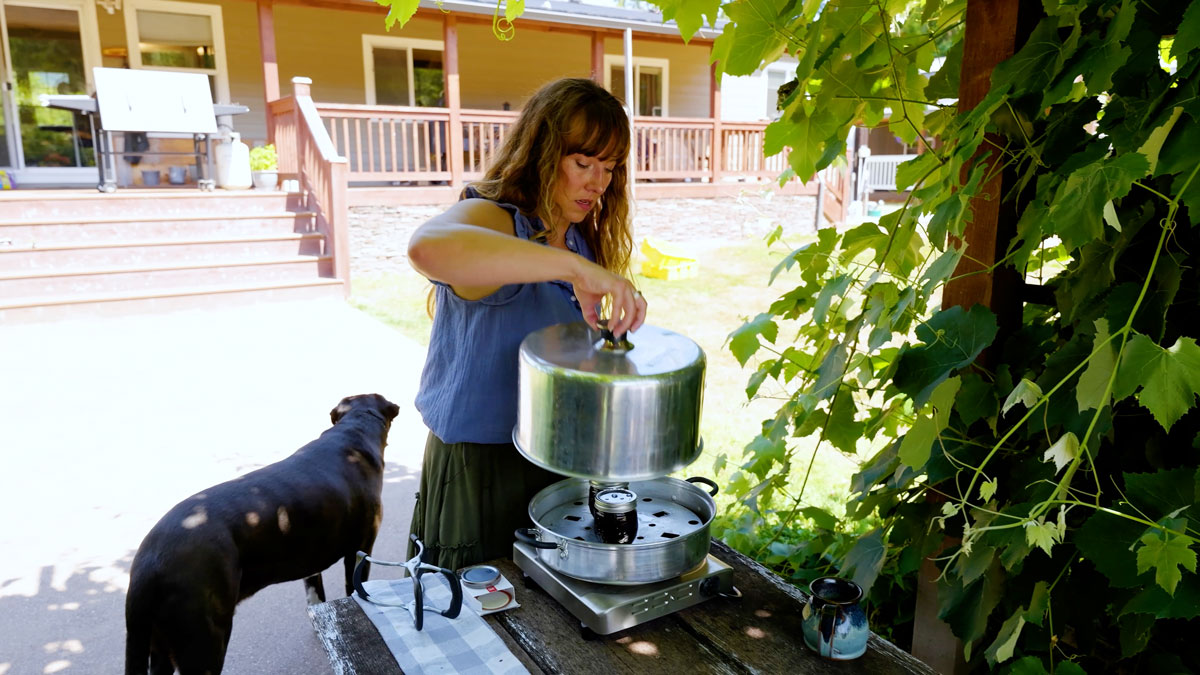
It was a full day of harvesting, preserving, canning, and chick wrangling!
The cabbage will wait until tomorrow, when I’ll make sauerkraut and curtido (recipes can be found in Everything Worth Preserving).
The zucchini will be eaten for dinner tonight (check out these 144+ best zucchini recipes!).
And all that basil? That’s getting processed for winter storage soon. You’d better believe making more of this basil salt is on the list!
The takeaway here is simple: don’t try to do everything in one day. Harvest in batches, preserve in stages, and make sure to enjoy the process. This is the joy (and the beauty) of the homesteading life.
More Posts You May Enjoy
- How to Preserve Zucchini (plus my favorite fresh zucchini recipe)
- Wood Chips for Garden Mulch (Beneficial or Not?)
- 10 Methods of Food Preservation at Home
- How to Make Celery Salt (Preserve Celery)
- New Gardening Techniques & Varieties to Grow
- Soil Remediation – How to Fix Tainted Soil
- Science-Based Companion Planting Strategies for a Healthier Garden
- How to Grow a Large-Scale Garden Without Acreage
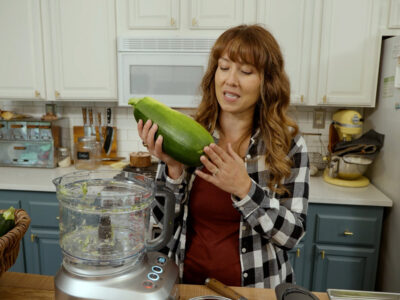

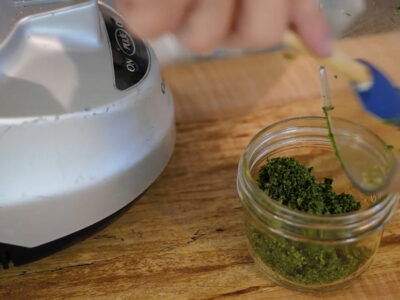

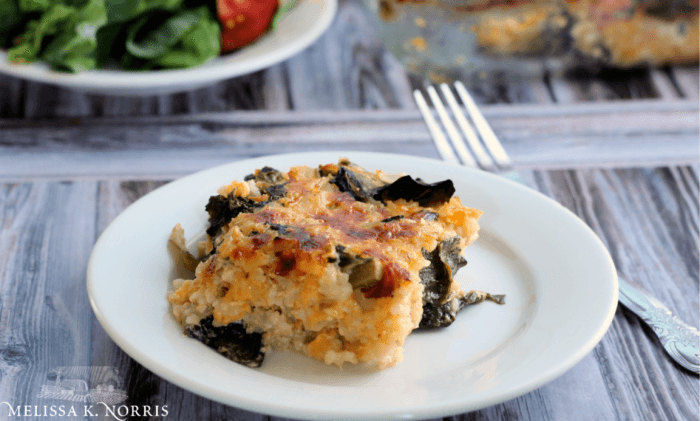
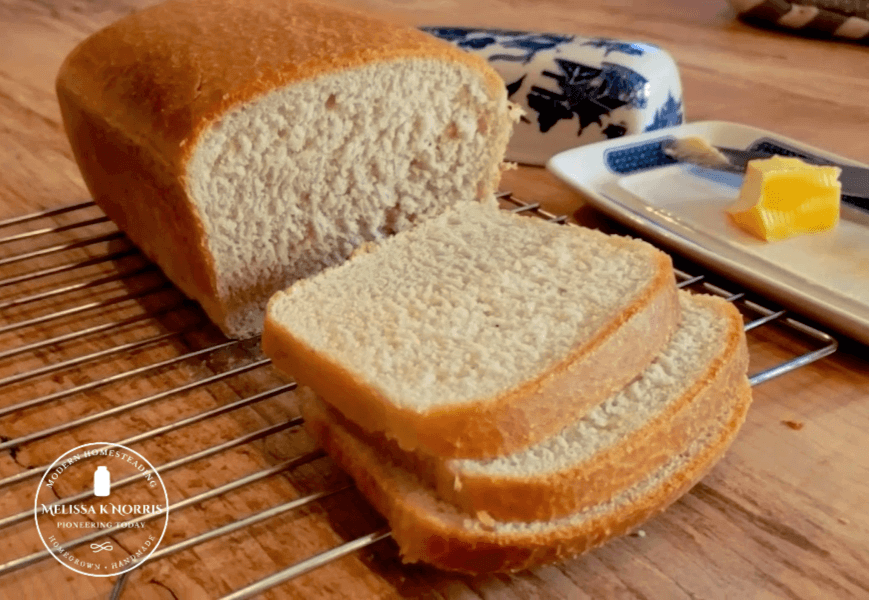
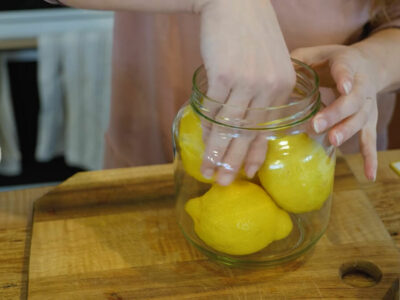
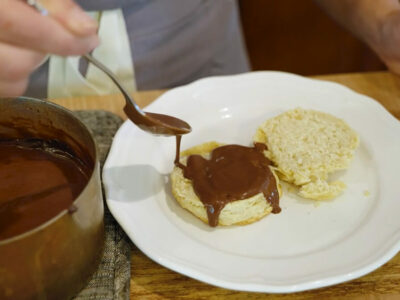
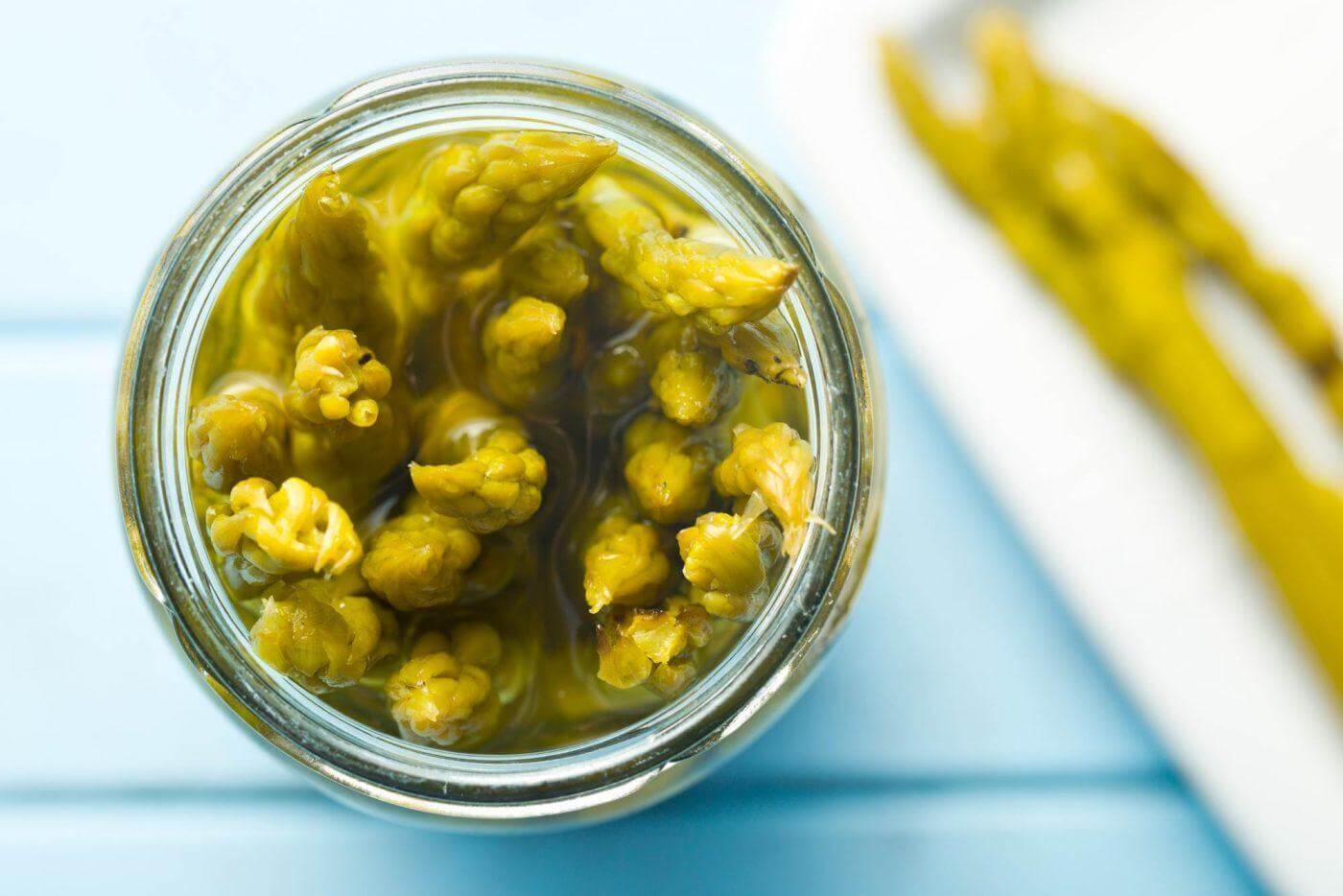

Leave a Reply